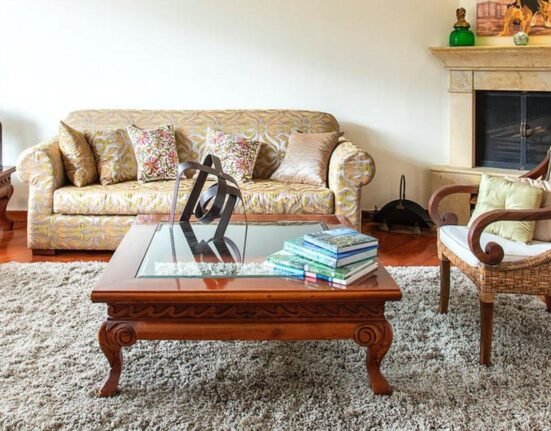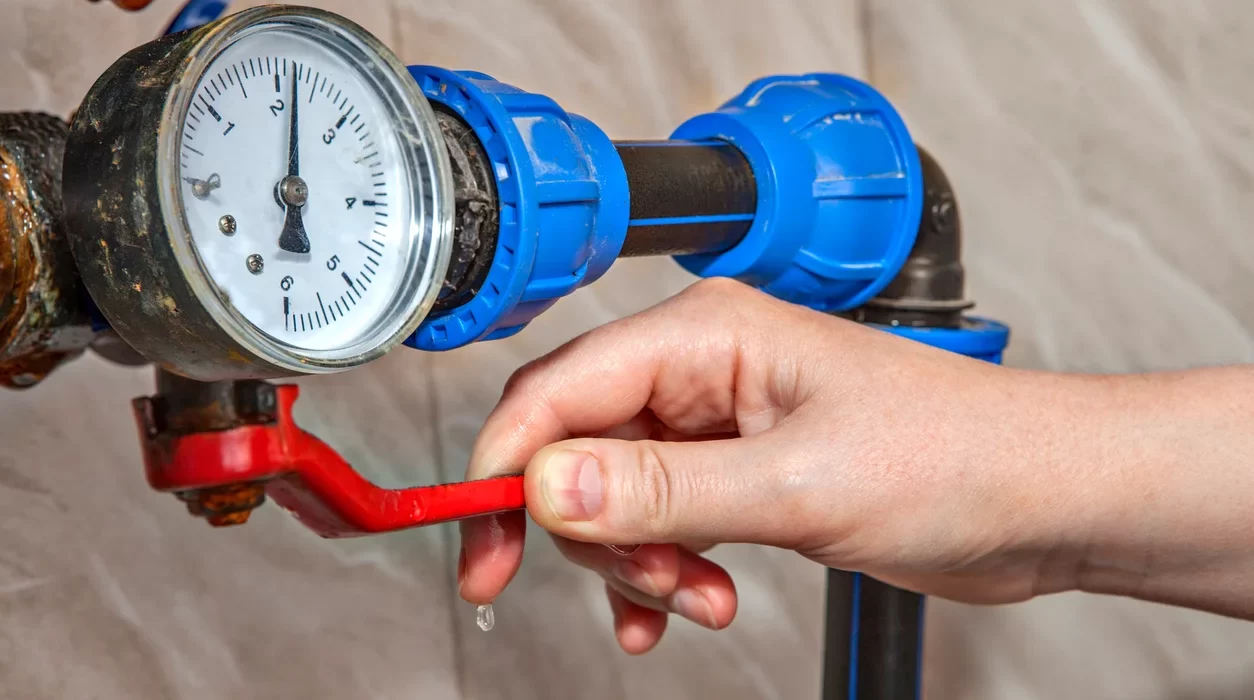Experiencing a trickling shower or weak faucet streams can be frustrating, but fear not! You can enhance your water pressure with a few straightforward steps.
Before delving into solutions, let’s identify potential causes for how to improve water pressure in home!
A Complete Guide On How To Improve Water Pressure In Home
Clogged Aerators and Showerheads
Small screens in aerators and showerheads can collect mineral deposits, diminishing water flow.
To address this, unscrew the screen from the faucet or showerhead and soak it in vinegar or a descaling solution. If the clog persists, you may want to contemplate replacing the entire fixture.
Leaky Pipes
Hidden leaks can diminish pressure before reaching faucets.
Solution: Listen for hissing or gurgling sounds behind walls or under floors. If identified, call a plumber for repair.
Partially Closed Main Valve
The main valve controls the water flow into your home and might be adjusted accidentally or intentionally.
Solution: Find the valve close to your water meter and confirm it is completely open. Turn it slowly clockwise until it stops to ensure unrestricted water flow.
Pressure Regulator Malfunction
A malfunctioning pressure regulator can limit water flow.
Solution: Locate the regulator (usually near the main valve) and consult a professional or your manual for adjustments.
Municipal Water Pressure Issues
Temporary pressure drops in the city’s water supply can affect your home.
Solution: Contact your local water department to inquire about any known issues or scheduled maintenance.
DIY Fixes for a Quick Boost
Clean or Replace Aerators and Showerheads
Soak the screens in vinegar or descaling solution. Consider replacing the entire fixture for stubborn clogs.
Check Your Main Valve
Ensure the main valve is fully open by turning it clockwise.
Flush Out Your Pipes
To clear out your pipes, open all faucets and allow them to run, helping dislodge any trapped air or sediment.
How To Adjust the Pressure Regulator
Consult your manual or a plumber for instructions. Make small adjustments and test the pressure after each turn.
Call Your City’s Water Department
If all else fails, inquire about city-wide issues affecting water pressure.
Calling in the Pros
When do-it-yourself attempts fall short, especially for ongoing issues such as leaks or a malfunctioning pressure regulator, it is recommended to contact a licensed plumber.
Their expertise allows for an accurate diagnosis and effective resolution of the problem, ensuring that your water pressure is restored to optimal levels.
Frequently Asked Questions On How To Improve Water Pressure In Home
Why is my water pressure weak?
Sluggish water flow can result from various factors, including clogged showerheads and faucet aerators with mineral buildup, hidden leaks in pipes, a partially closed main valve controlling water entry, a malfunctioning pressure regulator affecting consistent pressure, or temporary drops due to city water issues.
What can I fix myself to improve water pressure?
DIY solutions include cleaning or replacing aerators and showerheads by soaking them in vinegar or swapping them out, ensuring the main valve is fully open, flushing the pipes by opening all faucets, and cautiously adjusting the pressure regulator with guidance from your manual or a plumber. Contact your city’s water department if citywide issues are suspected.
Can low pressure hurt my plumbing?
Very low pressure can introduce air into pipes, potentially leading to corrosion and leaks over time.
Can low water pressure damage my plumbing?
In most cases, low water pressure doesn’t result in damage. Yet, if the pressure is exceptionally low, it may enable air to enter pipes, possibly causing corrosion and leaks over an extended period.
Conclusion On How To Improve Water Pressure In Home
To improve low water pressure at home, start by carefully checking faucets, showerheads, and plumbing for mineral deposits.
Clean aerators and showerheads with vinegar, inspect pipes for damage, and make sure the main valve is fully open.
Be cautious when adjusting the pressure regulator and flush the system to clear debris. If problems persist, contact the local water department. If necessary, seek advice from a licensed plumber for a thorough assessment.
For a substantial increase in pressure, consider installing a water pressure booster pump. This proactive approach ensures both immediate relief and sustained efficiency.
Happy plumbing!







Leave feedback about this Cancel Reply